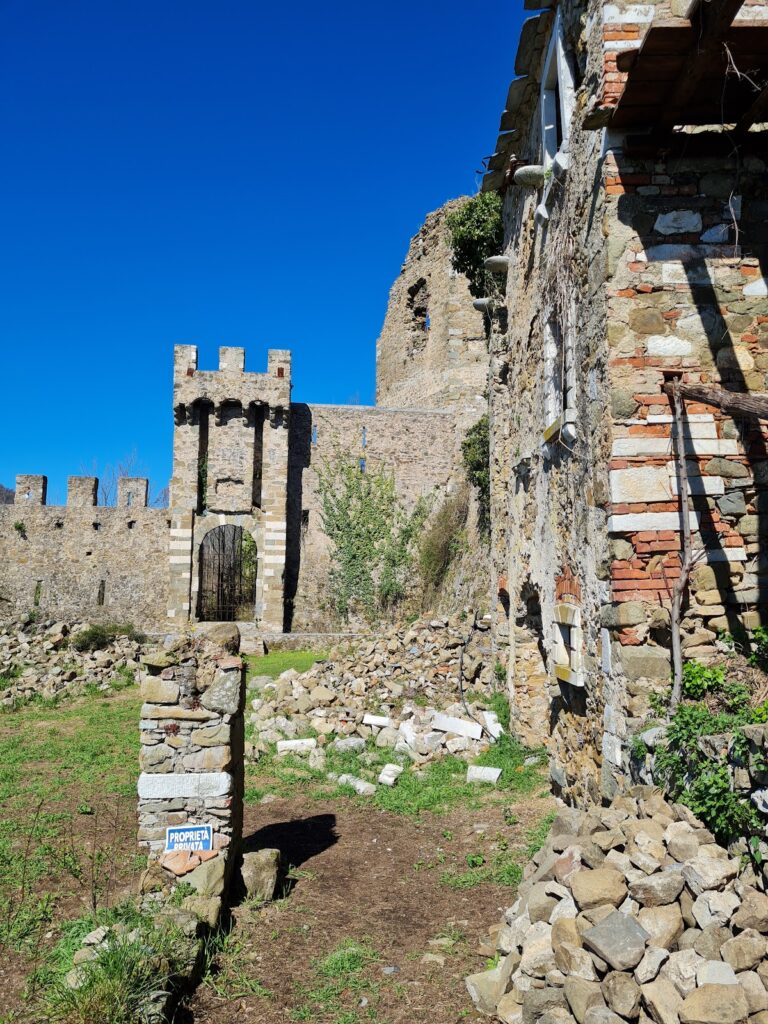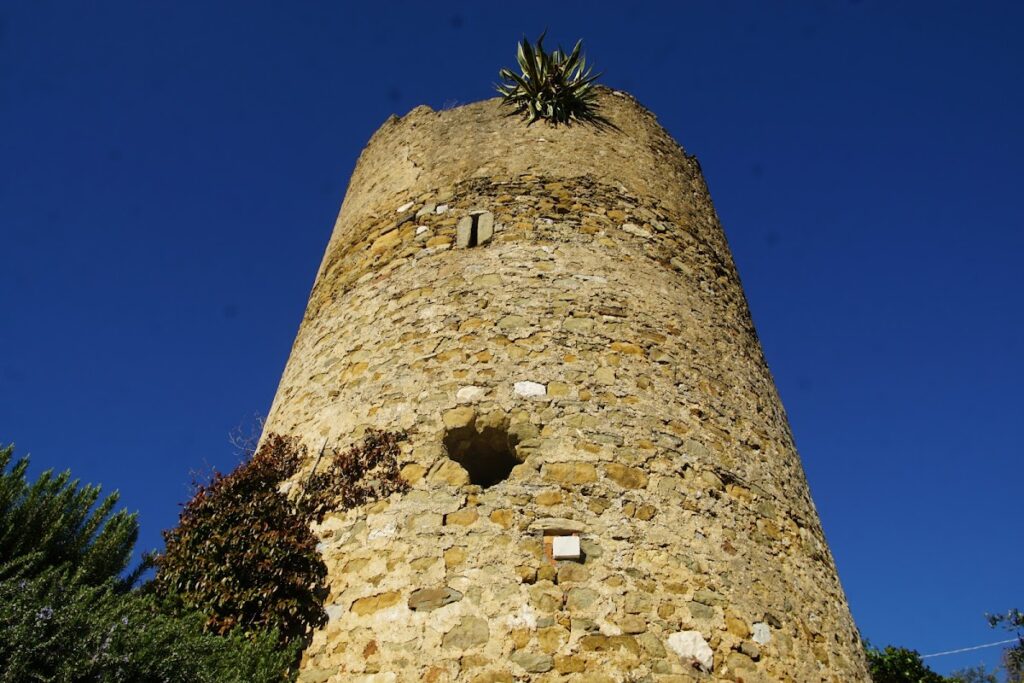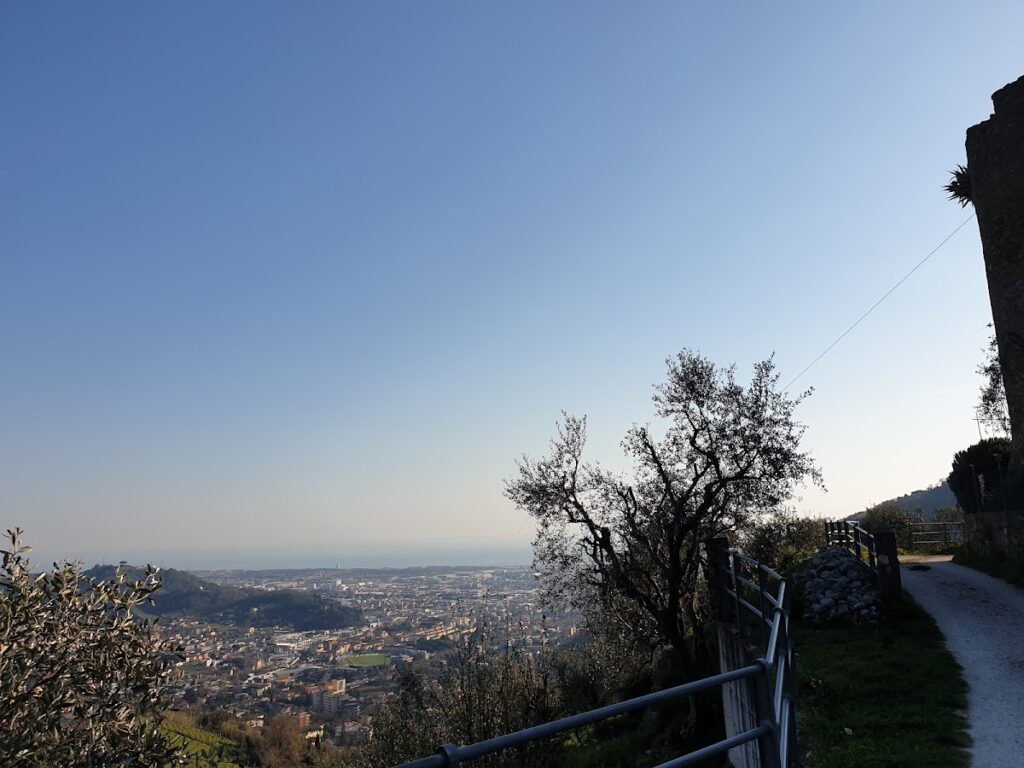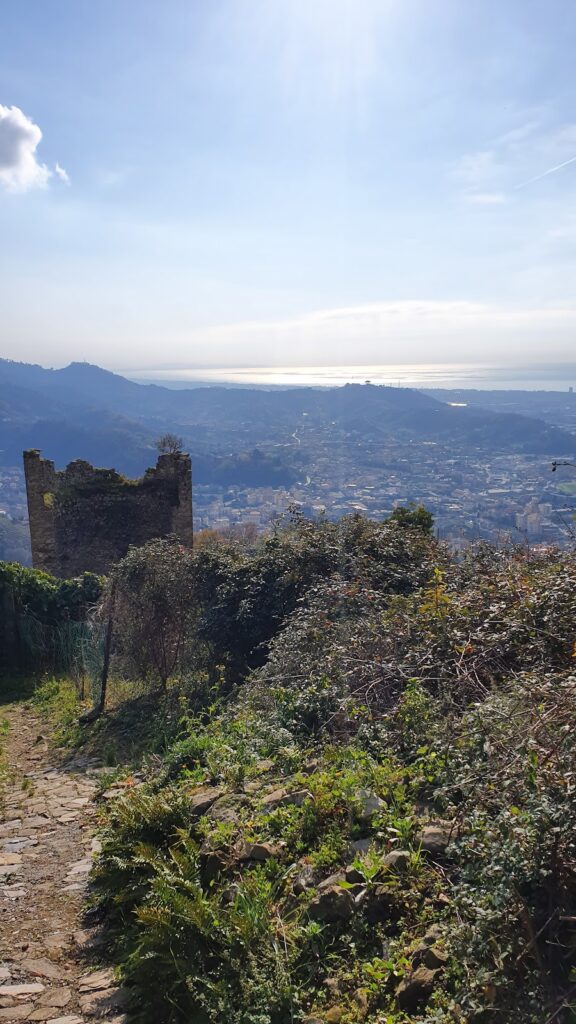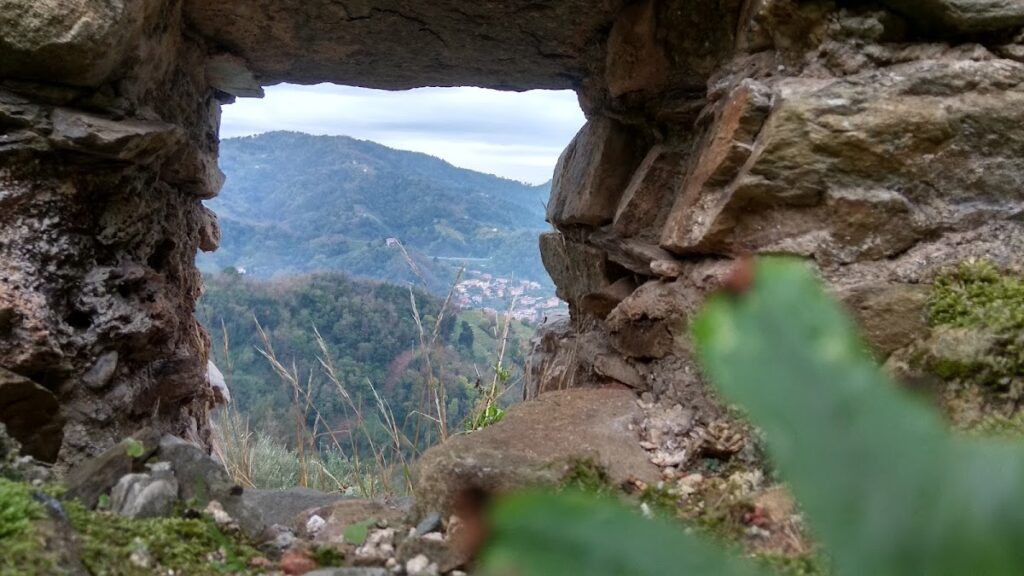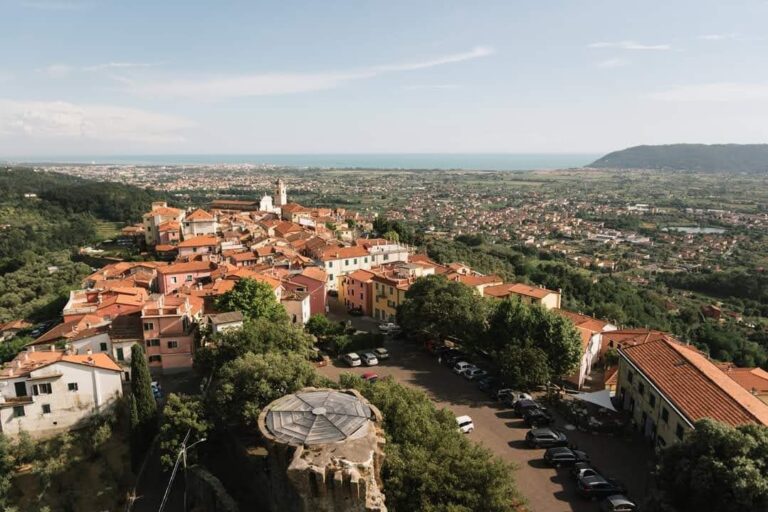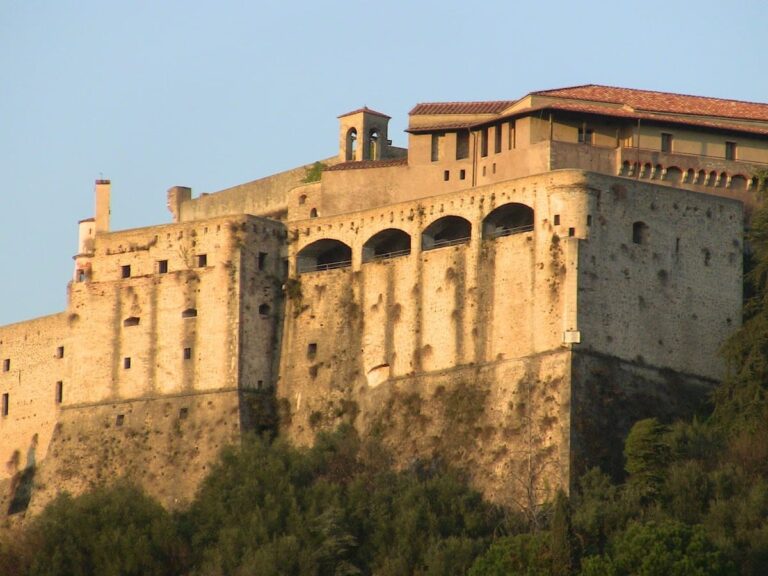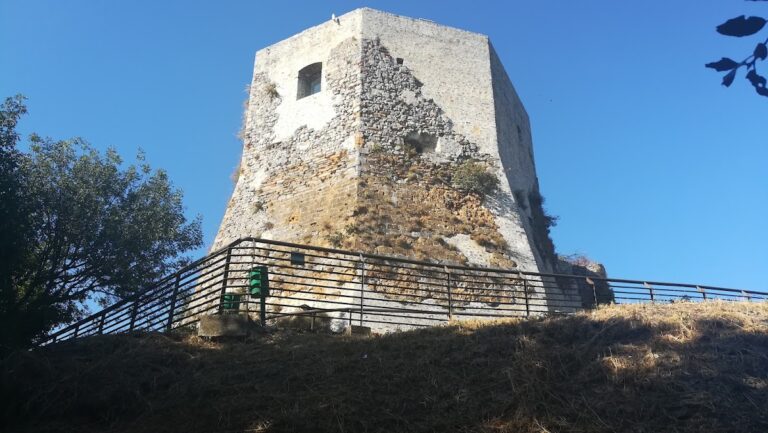Castello di Moneta: A Historic Fortress in Carrara, Italy
Visitor Information
Google Rating: 4.2
Popularity: Very Low
Google Maps: View on Google Maps
Country: Italy
Civilization: Unclassified
Remains: Military
History
The Castello di Moneta is located in the municipality of Carrara, Italy, and traces its origins back to the Roman period. It began as a colony named “fundum gentis Monetia” within the territory of Luni in the 2nd century BCE, serving as a rural settlement under Roman influence. During the 6th century CE, the Byzantines transformed the site into a fortified camp, or “castrum,” adapting it for defensive purposes in a time of regional instability.
The earliest known written reference to the castle appears in 1035 in the Codice Pelavicino, a medieval manuscript, with an additional mention in 1252 by the notary Pellegrino. Throughout the Middle Ages, the site functioned as a fortified community encompassing agricultural lands. It also operated as a center for tax collection from neighboring villages such as Fontia, Castelpoggio, Castellaro, and Castelbaito—areas whose inhabitants sought refuge behind the castle’s walls during times of conflict.
Initially, ownership of the fortress was granted to Bondiero by the Castaldo, an official serving the Bishop of Luni. Subsequently, control passed to the Pisans. The castle later came under the rule of Castruccio Castracani, a powerful leader from the Antelminelli family. Although the castle saw some prosperity during Castracani’s tenure, its military role became subsidiary rather than primary. After his death, the fortress experienced a series of political transfers: it submitted to Gian Galeazzo Visconti, was occupied by Giovanni Colonna in 1402, sold to Paolo Guinigi, and then returned to Visconti control.
In the mid-15th century, the castle became the focus of a contest between two prominent leaders, Spinetta di Campofregoso and Giacomo I Malaspina. Spinetta di Campofregoso ruled for about a decade between 1450 and 1460, during which he reinforced the fortress’ defenses and commemorated this work with an inscription, now lost. Afterward, the Malaspina family of Fosdinovo incorporated Moneta and its surrounding villages into their domain. This transition marked a shift away from the castle’s strategic military use toward supporting agricultural development and prosperity.
During the late 18th to mid-19th centuries, the community gradually moved from the hilltop fortress area down to the nearby plains around the Fossola stream. This relocation enabled better farming conditions and charcoal production. The village of Fossola grew during this period, featuring a church dedicated to St. John the Baptist, which was consecrated in 1561 and established as a parish in 1569.
Today, the remains of Castello di Moneta are partly owned by the Municipality of Carrara, which acquired a portion of the original fortified settlement from the Dervillé family. Other sections have passed into private ownership and have seen parts of the castle’s materials reused in local buildings.
Remains
The site of Castello di Moneta features a series of defensive walls that enclosed both the fortress and the inhabited area within. At least three curtain walls surrounded the complex, creating layers of defense typical of medieval fortifications. These walls served to protect the inhabitants and the agricultural community from external threats and were constructed using local stone materials, some of which remain visible today.
The castle’s highest point is crowned by a quadrilateral keep, known in Italian as a “cassero.” This central stronghold forms the heart of the military complex and has its perimeter walls well preserved, offering a clear impression of the fortress’s original scale and strength. The keep was separated from the civilian settlement by internal curtain walls and a wide moat, a water-filled defensive ditch providing additional protection.
Entry to the keep was controlled by a drawbridge spanning the moat, an engineering feature designed to regulate access and enhance security. Photographs document remnants of these defensive elements, including sections of the fortress walls and a semicircular tower indicative of the castle’s layered fortification system. These features highlight the blend of military architecture developed over centuries, adapting to evolving defensive needs.
Over time, parts of the castle were dismantled or altered, with some original stones and building materials repurposed in nearby private residences. This reuse reflects changes in the structure’s function as well as local resourcefulness. A commemorative plaque that once marked the fortifications undertaken by Spinetta di Campofregoso in the 15th century was once displayed on the site, though it has since disappeared.
Overall, the remains at Castello di Moneta bear witness to its long history, showcasing fortified walls, defensive towers, and a central keep that together illustrate the site’s evolution from a Roman settlement to a medieval stronghold and beyond.
